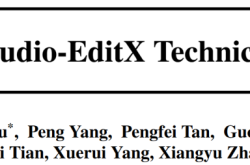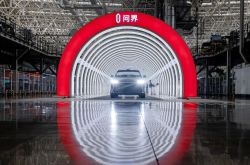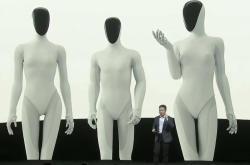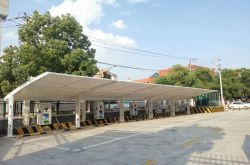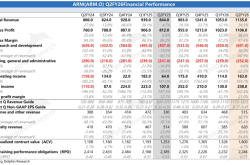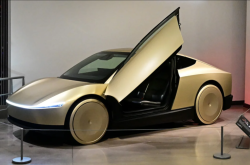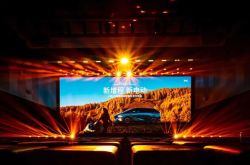End-to-End Autonomous Driving Takes Off! Is L4 Autonomous Driving the Pinnacle or a Marketing Hype?
![]() 06/16 2025
06/16 2025
![]() 642
642
Introduction
In the realm of intelligent driving, a subtle battle rages between the paradigms of "modularization" and "end-to-end" systems.
Traditional modular design is akin to teachers specializing in different subjects, each adept at their own but struggling with inter-subject coordination.
Conversely, end-to-end technology emulates a "super brain," proficient in all facets from perception to decision-making, seamlessly transforming vehicles into seasoned drivers.
Automotive giants like Tesla, XPeng, and Li Auto have embraced end-to-end technology. Some have even proclaimed, "Without end-to-end, L4 autonomous driving remains a mirage!"
Is this technological revolution the real deal or merely a marketing ploy?
Unmanned Vehicle News (WeChat public account: Unmanned Vehicle News) delves into this question with you!
(For reference, please click:
"JiWei Technology: Joining the End-to-End Camp, Launching the 'Linglong Architecture', Solving the Challenge of Large-Scale Implementation of Unmanned Logistics")
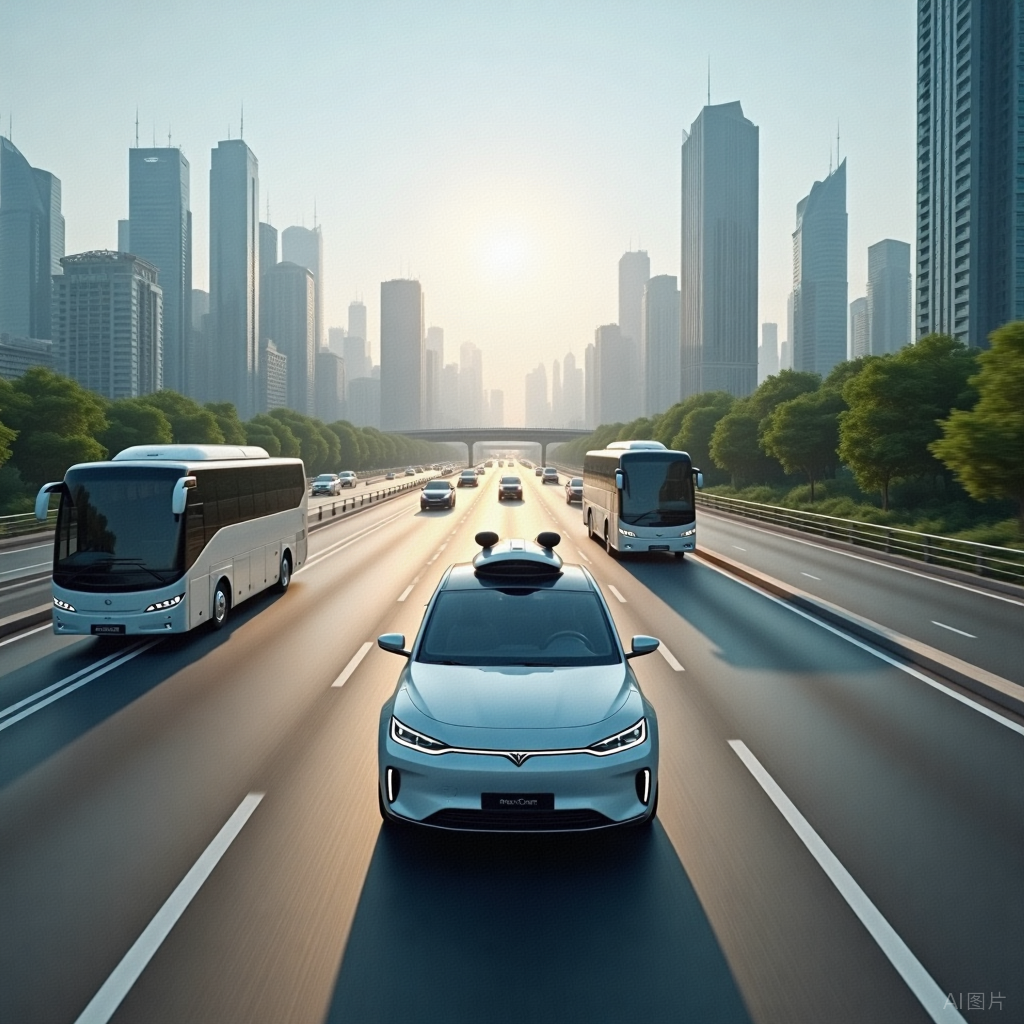
I. End-to-End Technology: The "Super Brain" of Autonomous Driving
The crux of end-to-end technology lies in "integrated perception and decision-making." Just as humans drive by visually perceiving road conditions and reacting instinctively, end-to-end systems bypass modular processing, achieving seamless operation.
Traditional modular design isolates perception, decision-making, planning, and control, with information transfer resembling a relay race prone to miscommunication.
End-to-end technology, however, employs a single neural network to directly map sensor data into control instructions, eliminating intermediate steps and dramatically enhancing efficiency.
1. Case Study: Tesla FSD V12's "Bird's Eye View + Transformer"
Tesla's FSD V12 system epitomizes end-to-end technology.
Utilizing BEV (Bird's Eye View) and Transformer models, it integrates data from eight cameras into a three-dimensional space, enabling global perception. At complex intersections, it concurrently identifies pedestrians, vehicles, traffic lights, and predicts other vehicles' trajectories, outpacing human reaction times.
With over 2 billion miles of assisted driving data from across the globe, Tesla's FSD adeptly handles long-tail scenarios like "ghost drivers" and unprotected left turns (primarily European and American scenarios; Chinese scenarios are under exploration).
2. Data Speaks: 30-Fold Efficiency Improvement
Adopting end-to-end technology, XPeng's XNGP system utilizes a triple-network integrated neural network (XNet+XPlanner+XBrain), iterating every two days and achieving a 30-fold enhancement in intelligent driving capabilities over 18 months.
Li Auto, through a dual-system architecture (end-to-end + VLM visual language model), achieves millisecond-level response in complex scenarios, markedly improving key metrics like illegal parking and emergency avoidance.
II. The Rise of End-to-End Technology: Unveiling the Three Major Driving Forces
The ascendancy of end-to-end technology is not fortuitous but a culmination of technological, market, and policy factors.
1. Technological Breakthroughs: Hardware Computing Power + Algorithm Evolution
End-to-end technology relies on high-performance chips and advanced deep learning algorithms.
Tesla's in-house HW4.0 chip boasts 720 TOPS of computing power, supported by the Dojo supercomputer, providing robust computational support for model training.
Domestic automakers are not far behind. Li Auto's training computing power reaches 5.39 EFLOPS, projected to exceed 8 EFLOPS by 2024 end, with annual investments surpassing 2 billion yuan.
For instance, the PPGeo framework from the Shanghai AI Laboratory enhances model driving capabilities through self-supervised geometric modeling pre-training;
The TCP method tops the CARLA Leaderboard through multi-task learning and prospective design.
These research efforts pave the way for the mass production and deployment of end-to-end technology.
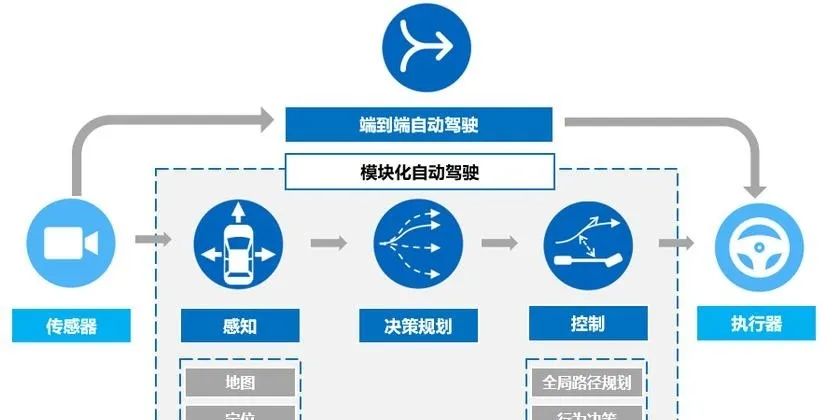
2. Market Demand: The Leap from L2 to L4
Consumer appetite for advanced intelligent driving features is on the rise, with city NOA (Navigate on Autopilot) becoming the focal point of automaker competition.
End-to-end technology significantly bolsters city NOA performance through global optimization and generalization capabilities.
XPeng's XNGP system, for instance, supports nationwide city NOA activation, while Li Auto's 4D One Model architecture enhances performance in complex urban scenarios through extensive user driving data training.
3. Policy Relaxation: Accelerated Commercialization of L3 Autonomous Driving
In recent years, policies worldwide have gradually loosened, accelerating the commercialization of L3 autonomous driving.
China, for example, permits automakers to conduct L3 autonomous driving tests in specific scenarios, providing policy backing for end-to-end technology implementation.
III. Controversies Surrounding End-to-End Technology: The Pinnacle of L4 or Just a Marketing Hype?
Despite its popularity, end-to-end technology faces significant controversy.
On one side are automotive leaders like Elon Musk and He Xiaopeng, staunch advocates of end-to-end technology.
On the other side are executives from L4 autonomous driving companies, such as Hou Cong and Hou Xiaodi, who contend that end-to-end technology cannot directly achieve L4.
Controversy 1: Unexplainable Black Box
End-to-end models function like "black boxes," directly outputting results upon data input, with the intermediate process inscrutable.
This poses a safety challenge for L4 autonomous driving.
Waymo's Robotaxi, reliant on high-precision maps and rule-based driving, garners positive user feedback, whereas Tesla's FSD V12 has encountered issues like curb mounting and nighttime scratches.
Controversy 2: Enormous Demand for Data and Computing Power
End-to-end technology demands vast amounts of data and substantial computing power.
Tesla continuously amasses user data through shadow mode, but domestic automakers still lag behind in data volume.
Gu Junli, Deputy General Manager of Chery Automobile, asserts that domestic automakers need to reach Tesla's million-level data scale to achieve large-scale end-to-end technology application.
Controversy 3: Disagreement on Technical Routes
Automakers and suppliers disagree on the viability of end-to-end technology.
Automakers favor in-house full-stack R&D for data closed-loop and rapid iteration, whereas suppliers argue that end-to-end technology is hard to standardize and requires costly model retraining for different vehicle models.
Huawei, for instance, has established a large model department and a deployment architecture and solutions department, dissolving the original perception, planning, and control departments.
Li Auto has restructured a team dedicated to end-to-end architecture R&D. These adjustments underscore automakers' emphasis on end-to-end technology.
IV. The Future of End-to-End Technology: The Evolution Path from L2 to L4
Despite ongoing controversies, end-to-end technology undeniably represents a crucial direction for autonomous driving's future.
With data accumulation, computing power enhancement, and algorithm optimization, end-to-end technology is poised to gradually break through bottlenecks and evolve from L2 to L4.
1. Data-Driven: From "Feeding" to "Evolution"
The essence of end-to-end technology lies in data-driven approaches.
Automakers amass extensive driving data through shadow mode, crowdsourced data, and other methods to continually refine models.
Tesla's FSD V12, trained on 1 million real driving videos, enables vehicles to "drive intuitively" like humans.
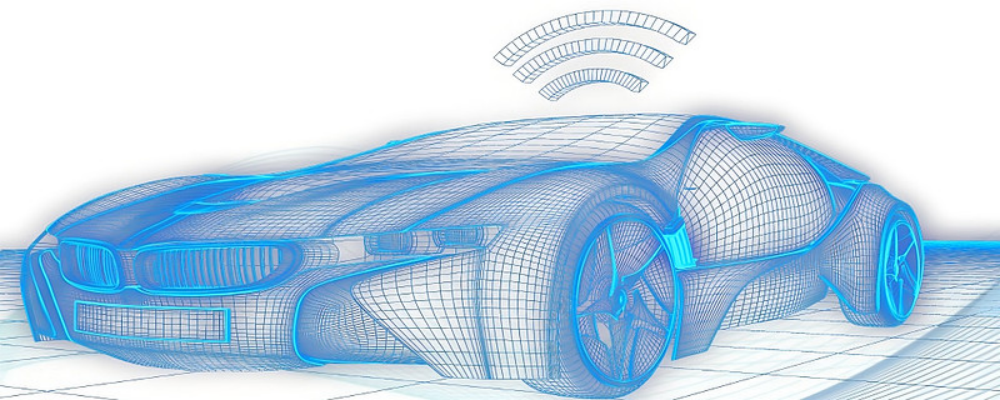
2. Hardware Synergy: The "Double-Edged Sword" of Vehicle and Cloud Collaboration
End-to-end technology necessitates vehicle-end and cloud-end collaboration. Vehicle-end chips handle real-time decision-making, while cloud-end supercomputing centers manage model training.
Tesla's Dojo supercomputer supports FSD V12's computing needs, while Li Auto's cloud distillation technology transfers knowledge from complex models to lightweight vehicle-end models.
3. Algorithm Innovation: From Imitation Learning to Reinforcement Learning
End-to-end technology's algorithms continue to innovate.
Imitation learning replicates expert behavior for policy learning, while reinforcement learning optimizes decision-making through "trial and error."
XPeng's XNGP system, for example, combines imitation and reinforcement learning to bolster its complex scenario handling capabilities.
4. World Model: The "Ultimate Answer" to Autonomous Driving?
The world model is deemed the "ultimate answer" to autonomous driving.
It simulates and models complex real-world scenarios, providing a training and testing environment for autonomous driving systems.
Automakers like NIO and Li Auto have unveiled world models, enhancing system generalization and safety through generative models, autoregressive models, and other technologies.
V. Conclusion: Has the "Singularity" of Autonomous Driving Arrived with End-to-End Technology?
End-to-end technology is disruptively reshaping the autonomous driving landscape.
It transforms vehicles from "modular robots" into "super brains," surpassing traditional solutions in efficiency, generalization capabilities, and computational efficiency.
However, issues like the unexplainable black box, data and computing power demands, and technical route disagreements impede end-to-end technology's progression to L4 autonomous driving.
Nonetheless, end-to-end technology has become indispensable in automakers' intelligent driving strategies. The aggressive deployments by Tesla, XPeng, and Li Auto, alongside Huawei and NIO's deep involvement, are propelling end-to-end technology from the lab to mass production.
In summary, Unmanned Vehicle News (WeChat public account: Unmanned Vehicle News) believes that:
Perhaps automakers are betting on end-to-end technology not because it is the ultimate goal of autonomous driving but because it offers the fastest return on investment. As for the true future of autonomous driving? It might lie within the end-to-end technology's black box or the virtual universe of the world model - but regardless, this multi-billion-dollar gamble has just turned over a new card. What do you think, dear reader?
#UnmannedVehicleNews #UnmannedDriving #AutonomousDriving #EndToEnd

